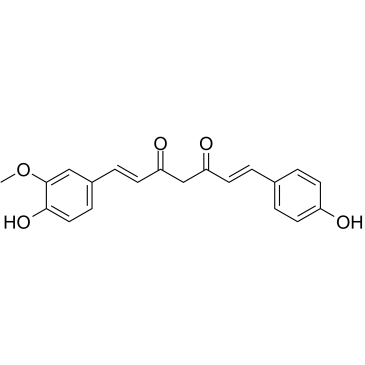| 结构式 | 名称/CAS号 | 全部文献 |
|---|---|---|
 |
去甲氧基姜黄素
CAS:24939-17-1 |
|
 |
去甲氧基姜黄素
CAS:22608-11-3 |
| 结构式 | 名称/CAS号 | 全部文献 |
|---|---|---|
 |
去甲氧基姜黄素
CAS:24939-17-1 |
|
 |
去甲氧基姜黄素
CAS:22608-11-3 |